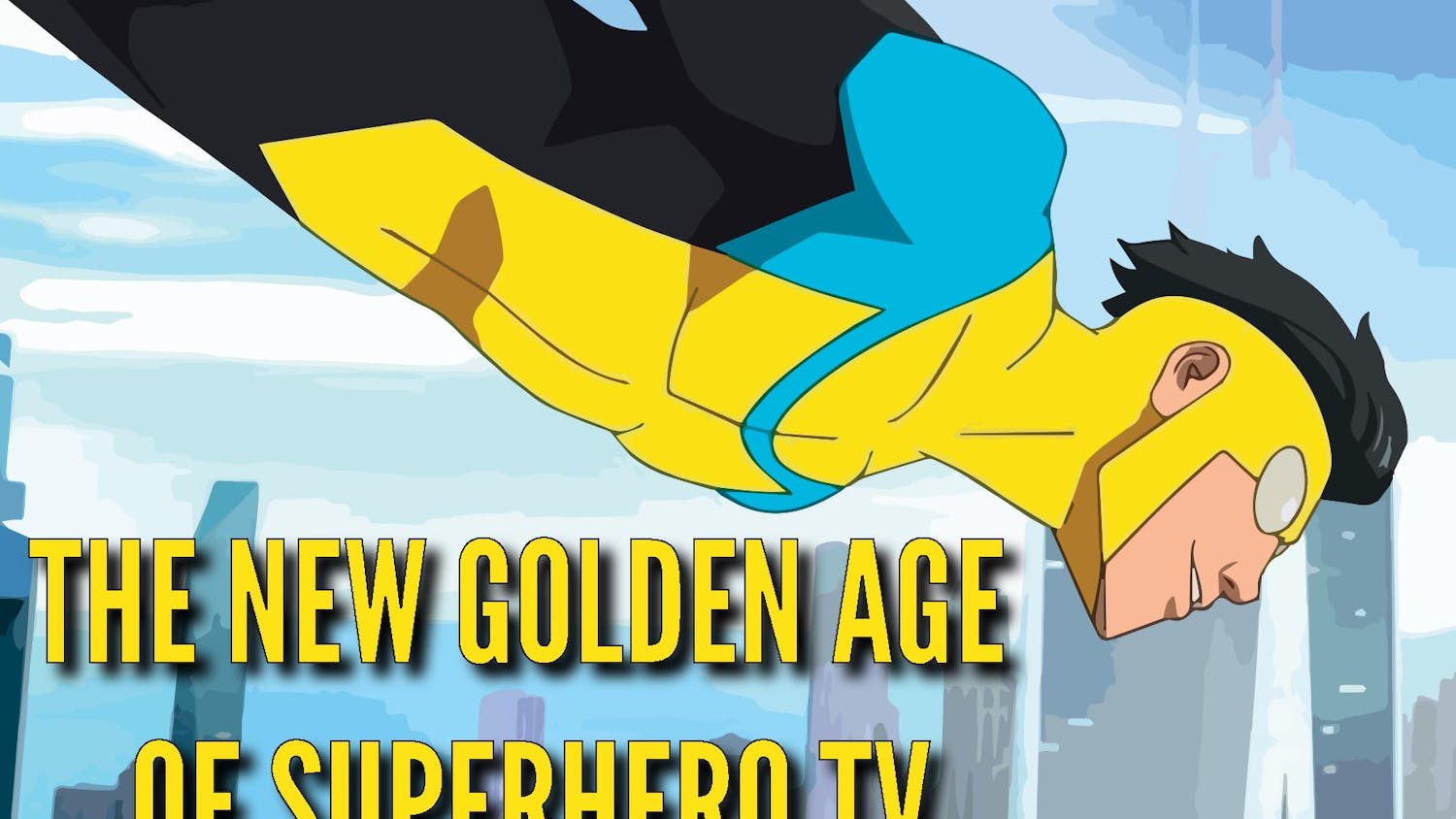
“Sans Soleil” is a 1983 film that defies explanation. It could be called a documentary, but it contains neither a singular thesis nor a clear subject area. The film largely consists of footage of Japan and Guinea-Bissau. This footage is supplemented by a voiceover in which a female narrator reads out various letters written by the director, Chris Marker, detailing his reflections on culture and the passage of time. “Sans Soleil,” then, is an amalgamation of Marker’s eclectic influences, and also includes clips from Japanese horror films and Hitchcock’s “Vertigo.” The film’s title — “Sunless,” in French — is a reference to composer Modest Mussorgsky’s music, although the film only includes a small portion of the composition.
Despite the lack of material from Mussorgsky, the film has a very interesting palette of sounds. The documentary contains no dialogue (apart from that of the narrator), but diegetic sounds — i.e., sounds which emanate from a film’s “storyworld” — like the bustle of train stations in Tokyo and the shouts of hawkers in Guinea-Bissau marketplaces fill any silences. In terms of non-diagetic sounds (those which originate outside the world of a story), Marker frequently employs an eerie, synthesizer noise that seems to belong in a sci-fi film. The synthesizer sound can be found between sections of narration to accompany strange sequences — for instance, close-ups of sleeping passengers on trains and a scene of a giraffe being shot dead in Bissau. Because we tend to associate sci-fi-esque music with the futuristic and the unreal, Marker seems to be hinting at ideas related to the magnitude of time and the transience of the present with the inclusion of such sounds. The futuristic sounds and the disconcerting feelings that the synthesizer evokes in viewers may also be Marker’s way of expressing his fears for the future. The year 4001 is mentioned often in the film as the year when the human brain would become “fully employed” and memories would be stored almost mechanically, meaning that nothing from that point on will ever be forgotten. Perhaps, then, Marker is mourning the loss of the chance for humans to remember and be nostalgic. Maybe he fears that leaps in technology will strip us of having meaningful memories.
“Sans Soleil” also comments on seemingly random but fascinating aspects of Japanese culture. In his discussion about how Japan had a “war” to win in capturing the market for semiconductors, he wryly talks about the frustration of the average Japanese employee. The film cuts to a scene of a man playing a whack-a-mole type of game at an arcade while the narrator says the following: “at the beginning, the game was familiar: a kind of anti-ecological beating where the idea was to kill off ... creatures that were either prairie dogs or baby seals. Now here’s the Japanese variation. Instead of the critters, there’s some vaguely human heads identified by a label: at the top the chairman of the board, in front of him the vice president and the directors, in the front row the section heads and the personnel manager. The guy I filmed — who was smashing up the hierarchy with an enviable energy — confided in me that for him the game was not at all allegorical, that he was thinking very precisely of his superiors.”
While “Sans Soleil” is a complex, philosophical film, it is equally literary. Some critics describe it as a essay film, but I would venture to call it a poem film, especially with regard to its artistic and literary narration that provides a second layer rich imagery, one that is separate from the cinematography.
Title: “Sans Soleil”
Director: Chris Marker
Genre: Documentary, Travelogue
If you liked: “Hiroshima Mon Amour,” “Grin Without a Cat”
Shamrocks: 4 out of 5













